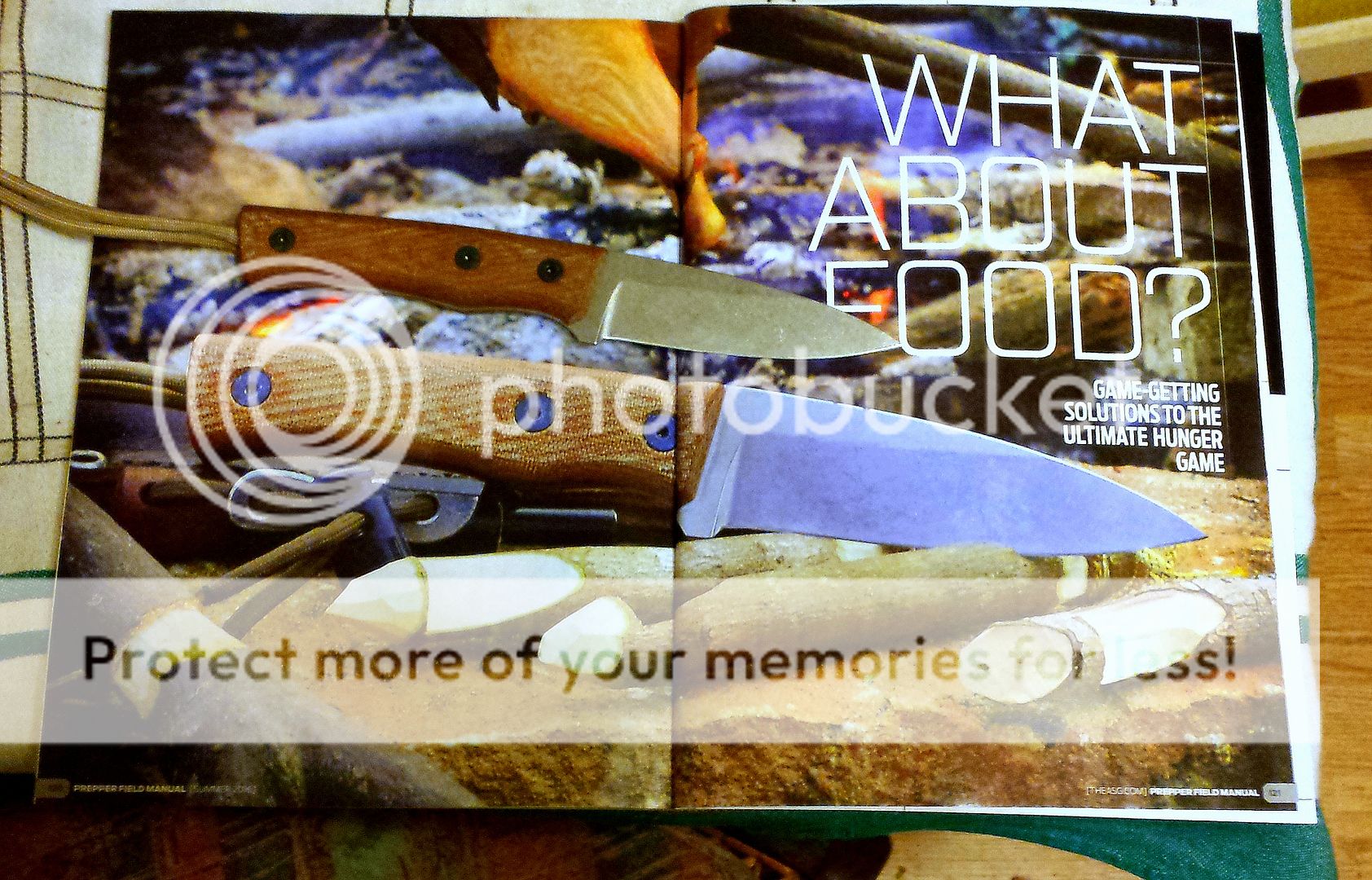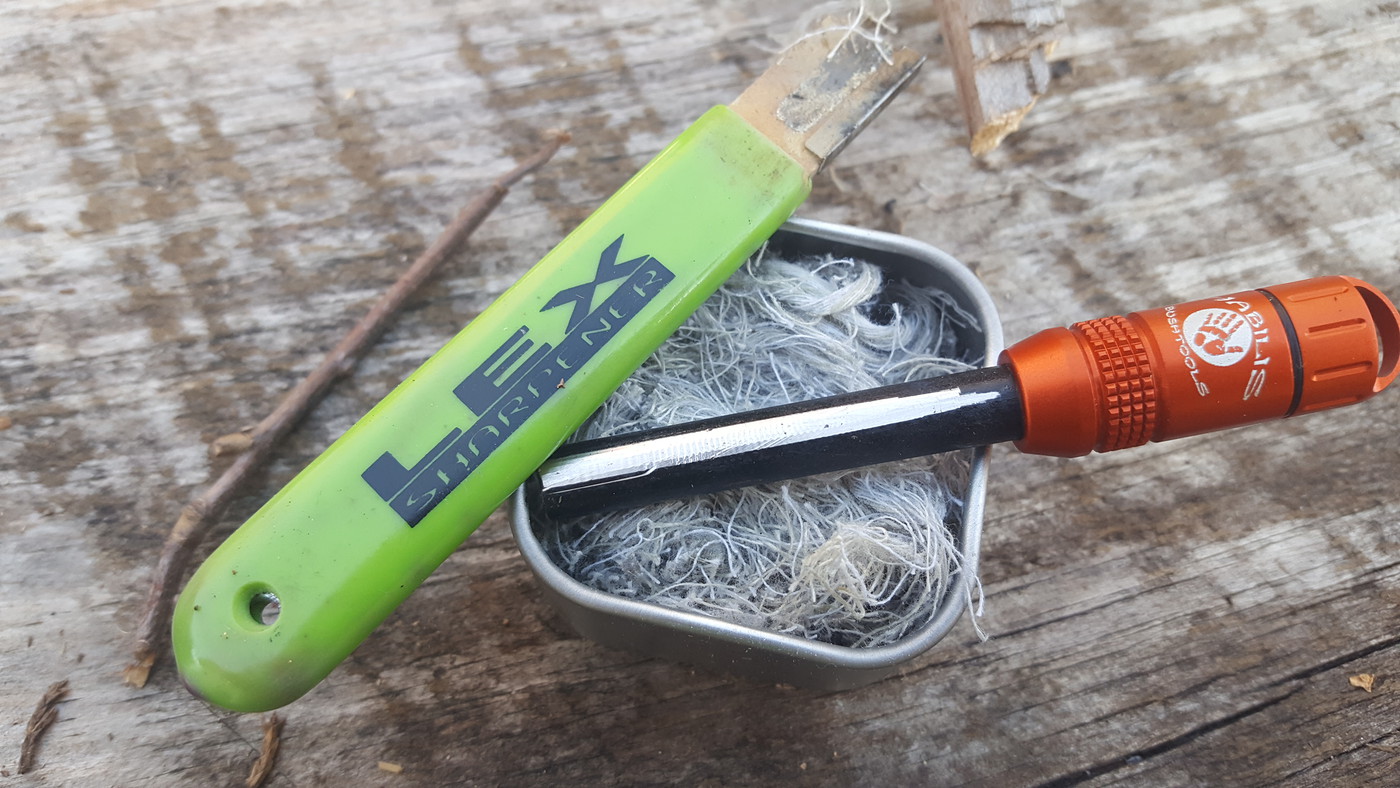Anyone had an issue w/ ferro rod damaging the spine? Took my new Hiking Buddy for a spin and after a few ferro rod strikes I went to clean it off & noticed that it had deformed the spine edge. Same ferro rod with other knives previously and no issue. *** Edit & spoiler alert... thanks to member suggestions it was ferro residue & able to scrap it off ( took Lots of elbow grease ) ****






Last edited:



